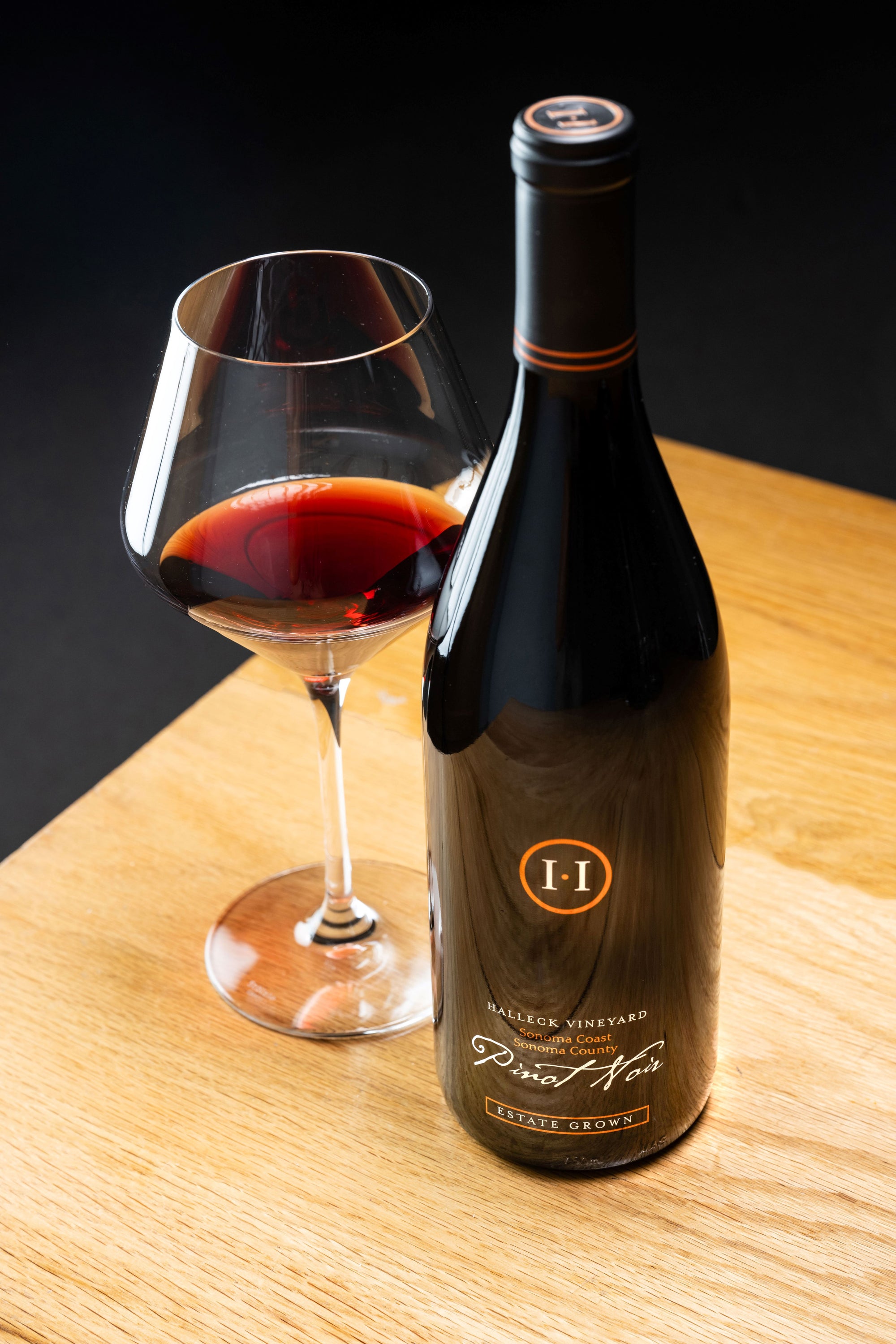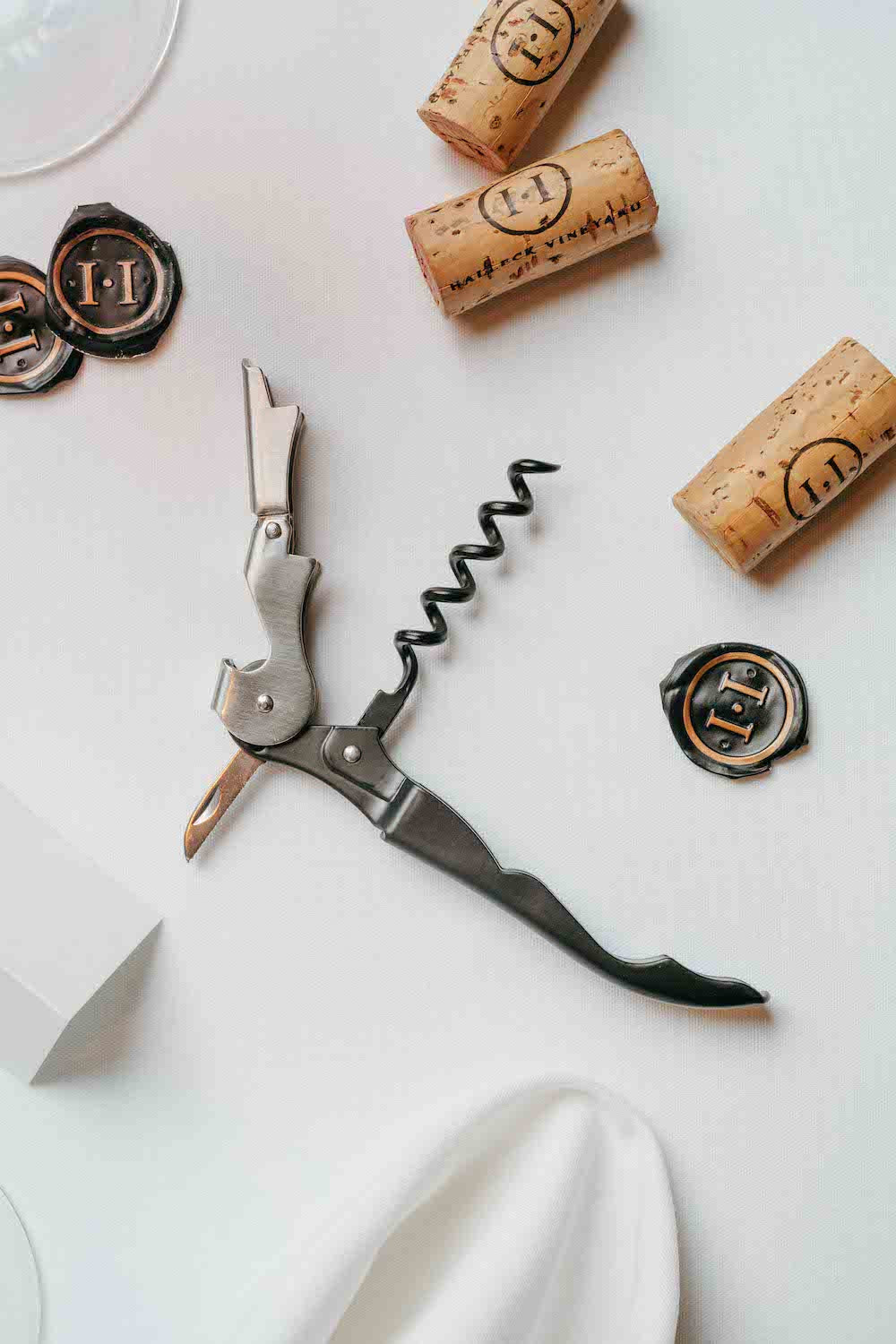Wineries Promoting Sustainable Farming - Sebastopol Winery Experience
Wineries Promoting Sustainable Farming - Sebastopol Winery Experience
Blog Article
Wineries With Outdoor Seating - Luxury Wine Tasting In Sonoma County
Wine tasting is an art that mixes sensory experience with an appreciation for the nuances of different varietals. How to judge flavors in winery wine tasting sessions is pivotal to grasping the complexities of wine.
Participating in a wine tasting entails greater than simply sipping and savoring. It requires a centered approach to establish aromas and flavors that each wine presents. As you begin, observe the wine's look, noting its colour and readability. These visible cues usually suggest a wine’s age, grape selection, and even potential flavor profiles.
The next step within the tasting course of is to swirl the wine in your glass. This motion releases aromatic compounds that are important for analysis. Lean in and take a second to inhale deeply; the aromas can vary from floral and fruity to spicy and earthy. The nostril of the wine is simply as important because the palate, and recognizing scents plays a big role in understanding the general experience.
When taking your first sip, permit the wine to maneuver throughout your palate - Wineries Ideal For Romantic Getaways. Discover the initial flavors that present themselves. Is the wine fruity, floral, or maybe herbaceous? This preliminary style gives insight into what the wine is likely to express as you continue to judge it. The mouthfeel also contributes to the overall flavor experience; it can be silky, tannic, and even effervescent.
Spectacular Vineyard Views In Sonoma - Tasting Rooms In Sebastopol
As you continue tasting, pay consideration to the wine’s balance. A well-balanced wine will harmonize acidity, sweetness, and tannins. If one part overwhelms the others, it'd point out a less desirable quality. Evaluating stability might help you determine how well the wine would possibly pair with food.
Transitioning to the end, consider how the flavors evolve as the wine lingers in your palate. A lengthy, pleasant end can indicate a high-quality wine, while a short or abrupt finish may counsel in any other case. Reflect on whether the flavors stay consistent or if new notes emerge as the wine settles. This progression can reveal complexities and intricacies that may not have been obvious in the initial tasting.
Temperature can additionally be an important factor in evaluating wine flavors. Different forms of wine are optimally enjoyed at specific temperatures. White wines often shine when chilled, whereas red wines usually carry out best at room temperature. When tasting, ensure the wine is on the applicable temperature to totally respect its character.
Wine Tasting Trails In Sonoma Valley - Best Winery Located In Sonoma
Pairing food with wine can tremendously improve the tasting experience. Meals can affect the notion of flavors in wine, either highlighting sure traits or diminishing them. When evaluating flavors, think about how the wine interacts with totally different meals, noticing which flavors are amplified or muted (Wineries Featuring Seasonal Wine Events In Sonoma).
Think About the affect of terroir as you engage in a winery tasting. Terroir encompasses the distinctive environmental elements that have an effect on grape growing, including soil composition, local weather, and geography. Understanding a wine's terroir can present insight into its flavors and aromas, fostering a deeper appreciation for the alternatives made during its cultivation and manufacturing.
Education plays a basic role in enhancing one's capacity to gauge wine flavors. Learning about grape varieties, wine areas, and manufacturing methods can pave the means in which for more knowledgeable judgments during tastings. Moreover, attending workshops or classes can refine sensory imp source skills and broaden your flavor vocabulary, enabling you to articulate tasting notes extra effectively.

Finally, it's important to do not forget that evaluating wine flavors is a highly personal experience. Individual preferences and perceptions will invariably shape one’s tasting journey. Enjoyment ought to be at the forefront, with the evaluation process acting as a tool to enhance understanding and appreciation rather than create rigid pointers.
Local Favorite Wineries In Sonoma - Top Wineries To Visit In Sebastopol
In conclusion, mastering tips on how to evaluate flavors in winery wine tasting periods entails a mix of sensory engagement, information, and practice. By learning to determine aromas, assess the steadiness, and recognize the intricacies of flavor, wine enthusiasts can deepen their connection to every bottle they encounter. As with any art kind, the more one immerses themselves in the experience, the more they will discover and enjoy the vast world of wine.
- Start by observing the wine's shade and readability, as these visible components can trace at its flavor profile and getting older potential.
- Swirl the wine gently in your glass; this releases aromatic compounds, allowing you to better determine the advanced scents associated with the wine.
- Take a deep inhale earlier than tasting, focusing on each primary and secondary aromas to collect insights on fruits, spices, and other nuances.
- When tasting, allow the wine to coat your palate; note the preliminary flavors, the mid-palate complexity, and the end as these phases can present completely different flavor highlights.
- Pay consideration to texture and mouthfeel, as features corresponding to tannin ranges, acidity, and sweetness contribute considerably to the overall tasting experience.
- Examine flavors towards normal wine characteristics; for red wines, consider berry notes, oak affect, and herbal tones, whereas whites may embody citrus, stone fruits, and floral hints.
- Take notes during the tasting session to trace your impressions, serving to you to remember and evaluate the totally different wines sampled.
- Talk About your findings with fellow tasters or winery staff, as sharing insights can enhance understanding and appreciation of particular person flavors.
- Enable time for the wine to breathe; typically, flavors evolve and reveal new dimensions after being exposed to air.
- Experiment with food pairings through the tasting as they can dramatically alter how flavors are perceived, influencing total enjoyment.undefinedWhat ought to I look for when evaluating the aroma of wine during a tasting?
Start by swirling the wine in your glass to launch its aromas. Convey the glass to your nose and take a deep breath. Pay attention to the primary scents you detect, as these are sometimes probably the most outstanding. Look for fruit, floral, herbal, or earthy notes and attempt to determine specific traits, which will deepen your understanding of the wine's complexity.
Spectacular Vineyard Views In Sonoma - Sonoma's Hidden Winery Gems
How can I distinguish between completely different flavor profiles in wine?
Perceive that flavor profiles are often categorized as fruit, floral, herbaceous, spicy, or mineral. Take small sips and allow the wine to coat your palate. Discover the primary flavors that emerge first and the delicate notes that follow. This layering is crucial in distinguishing the wine's characteristics and can assist you to appreciate its distinctive profile.
Wineries Showcasing Local Art And Crafts - Winery In The Sonoma Wine Region
What is the importance of the wine's texture in a tasting?

The texture of the wine, also identified as mouthfeel, plays a vital position in how we understand flavors. Pay attention as to if the wine feels easy, creamy, or gritty. The body of the wine (light, medium, or full) can improve or distinction with flavors, providing a extra rounded experience throughout tasting.
How do I assess the balance of flavors in wine?
Stability in wine refers back to the harmony between acidity, sweetness, tannin, and alcohol. Take a second to evaluate whether these parts complement or intervene with one another. A well-balanced wine may have none of its parts overpowering the others, creating a nice tasting experience.
Wineries With Live Music Events Occasionally - Vineyards In The Sonoma Region
What function does temperature play in evaluating wine flavors?
Temperature can significantly impression the perception of flavors. Typically, red wines are finest served slightly under room temperature, while white wines take pleasure in being chilled. As the temperature changes, the aromas and flavors can shift, permitting you to understand totally different traits. It’s essential to taste wine at its optimum temperature for true evaluation.
Wineries Located Near Russian River Valley - Sonoma Wine Tasting Spots
How can I improve my tasting skills over time?
Practice is vital to bettering your tasting skills. Small Batch Wineries In Sonoma Valley. Attend tastings, maintain a journal of your experiences, and discover several varieties of wines to broaden your palate. Additionally, learning about wine production and grape varieties can provide context that enhances your analysis course of, making you a more More hints informed taster.
Is there a selected order by which I ought to taste the wines?
Rustic Family-Owned Wineries In Sebastopol - Wine Tasting In Sonoma County
Yes, it’s advisable to style wines from light to full-bodied and dry to sweet. This progression prevents the stronger flavors from overshadowing the more delicate ones, permitting you to totally appreciate every wine's traits and nuances without palate fatigue.
How can I evaluate the aftertaste of wine?
Eco-Friendly Wineries In Sonoma County - Sonoma Wine Tasting Recommendations
The aftertaste, or end, is a crucial side of the wine-tasting experience. After swallowing, take note of how lengthy the flavors linger in your palate and whether or not they change. A long, pleasant finish is often an indicator of a high-quality wine, whereas a brief or disagreeable finish may suggest in any other case.
Why is it necessary to notice the wine’s acidity throughout tasting?
Acidity contributes to the overall freshness and structure of the wine. Pay consideration to the tingling sensation in your tongue; greater acidity can enhance the wine's liveliness and balance out sweetness. Noting acidity helps determine the wine's versatility with food and its getting older potential.
What ought to I do if I wrestle to identify specific flavors in wine?
Rustic Family-Owned Wineries In Sebastopol - Wineries To Visit
Struggling to determine flavors is widespread, especially for newbies. Focus on broader categories and describe what you can recognize, similar to sweet or earthy notes. With practice, reading about different flavor profiles, and perhaps utilizing flavor wheels, you may refine your senses and develop a extra nuanced strategy to tasting. Report this page